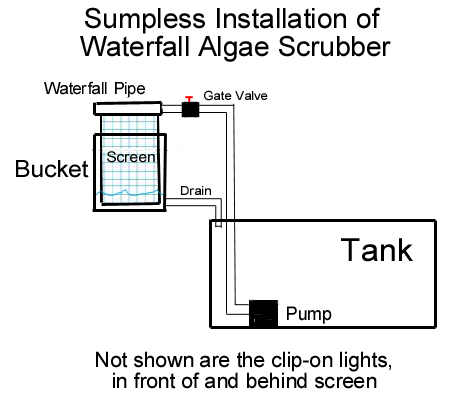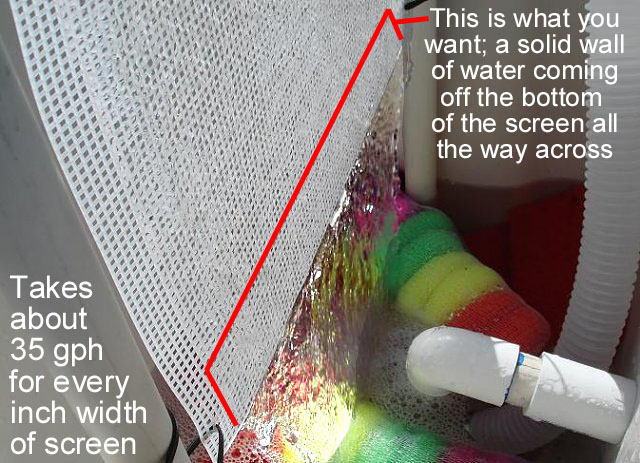Hi All,
I came across this site a couple of weeks ago and since then have been very interested in trying an algae scrubber myself. I live in a part of the UK where the tap water is hard with a rather high PH (7.8), so I have have decided to go down the African cichlid route as my tap water suits there requirements nicely. The main problem I have with the tap water is it comes out of the tap with a nitrate reading of 40mg/l which makes keeping the nitrates under control in the tank a bit of hassle. Hence liking the idea of the algae scrubber.
The tank itself is a 180l set up with Fluval 205 canister filter doing all the work. As far as I understand I would need to keep the canister filter running and run the algae scrubber in addition hopefully controlling the nitrates. Water changes which still be required to refresh the water but only about 10% a week, instead of the 20-30% a week I am currently doing. Does anyone have any experience running this things on fresh water set ups and know what sort of performance I should be looking for? Most of the designs I am have looked at run off the sump on a marine set up, can anyone point me in the right direction when there is no sump in the set up?
Thanks in advance for any advice.
Wayne



 Reply With Quote
Reply With Quote

